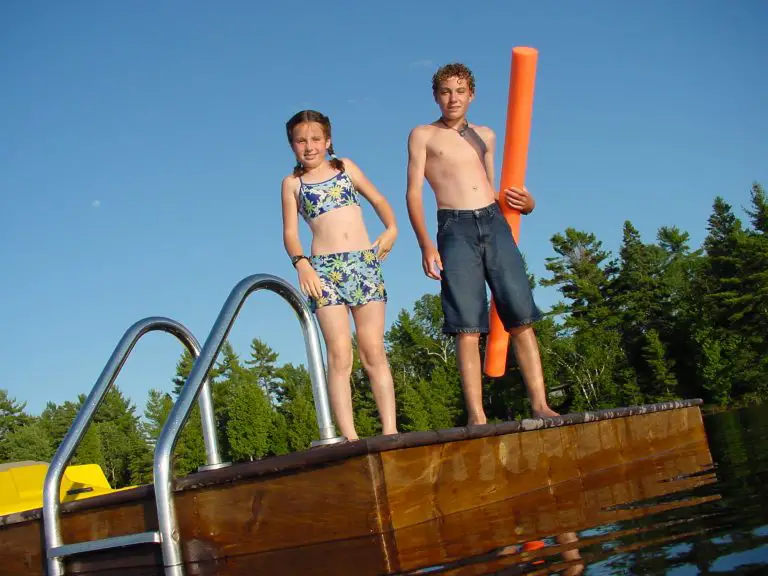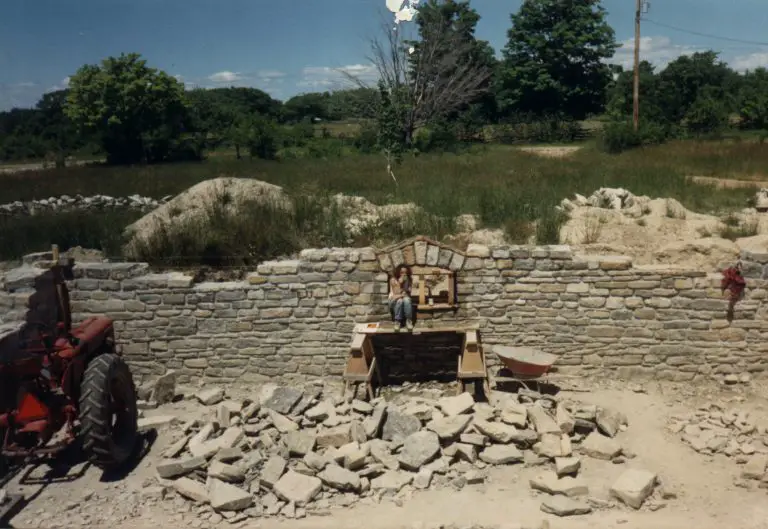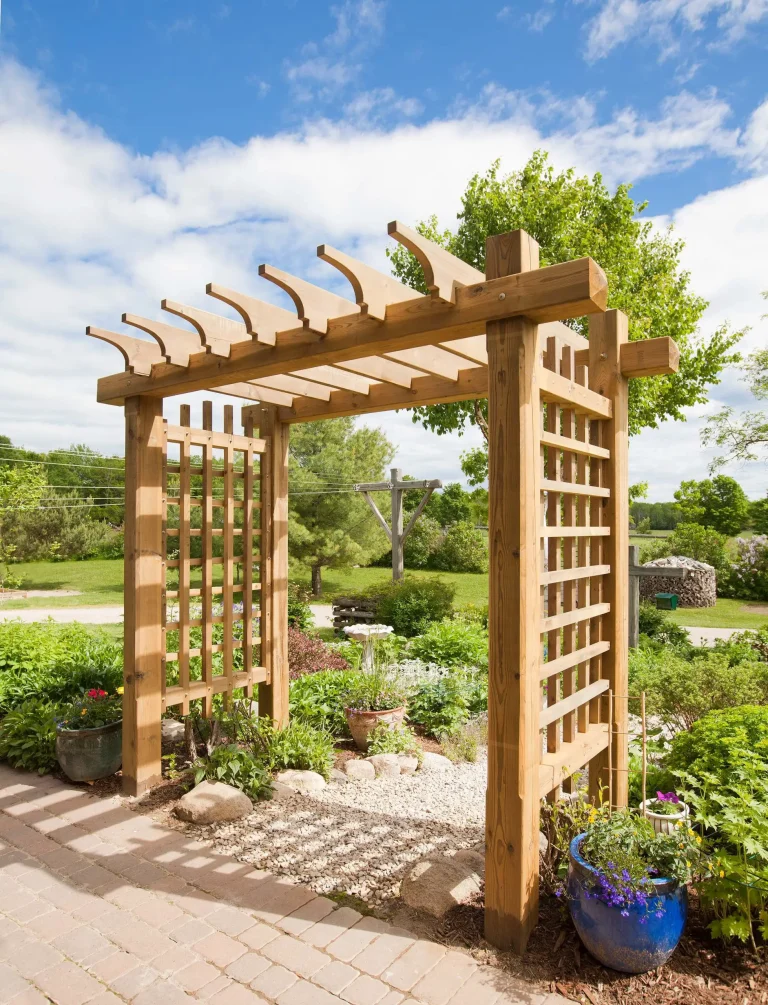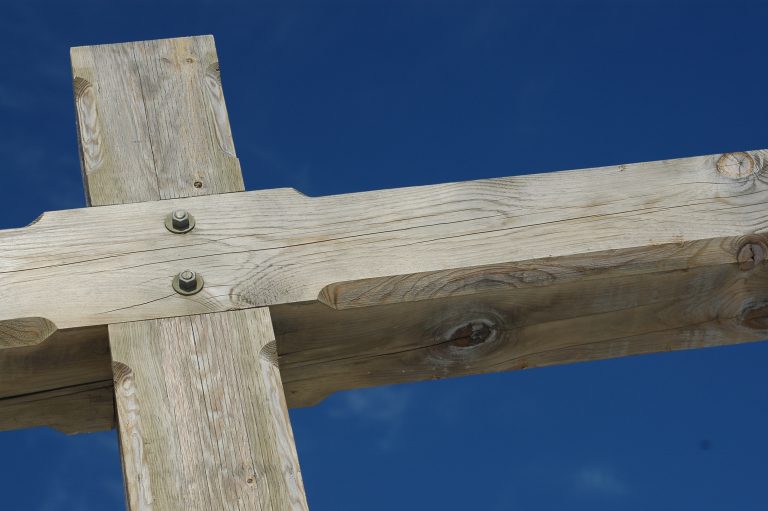In this autobody repair video (part 2 of 2), see . . .
- How to apply paint to a repaired area
- How to apply clear coat and wet sand it smooth
- Why you need to check auto repairs for flaws when dry
- Power buffing fresh autobody paint for a perfect shine
The video above is all about painting, clear coating, wet sanding and buffing autobody repairs at home. Watch and read and you’ll be amazed at the results you can achieve working in your driveway or garage. and making it look as good as possible, but we need to apply some paint first.
The damaged bumper you can see in the video above was going to cost $1,000 to fix (two estimates said the same thing). In the end I did a decent repair job myself in less than three hours working with simple tools in my driveway.
Autobody Repair: Color Matching & Paint
The van I’m working on in the video is my 2004 Toyota Sienna – Phantom Gray is the official name for the color. If you look at the spray can closely, you’ll see a number – 1E3. That’s the color code, and that’s what you need to know in order to get the right kind of paint. Now, this paint, like a lot of paints on modern vehicles, is what’s called a metallic color. That means there are little reflective flecks in suspension in the paint, and it’s to make the paint look more interesting. The trouble is, metallic flecks also make it harder to match the existing paint. Depending on how the little flecks settle when you apply the paint, there could be some visual difference with the surround paint. So it’s quite challenging to match, perfectly match, a metallic touch-up job to a vehicle since we’re not doing the whole vehicle. But I’m going to meet the challenge (or at least come close to meeting it).
Paint codes on vehicles can be kind of obscure, but they’re usually found on a sticker on the driver’s side door frame. The video shows a line on the sticker that says: C/TR 1E3. That’s the color code. Now, how did I know that? There’s a lot of other numbers and things on the sticker. Well, I didn’t know for sure, at first, but I thought that might be right because of the C/TR (standing for “Color/Trim”). When I went to my paint supplier, I confirmed that this color of gray, according to them, has this paint code. I ordered this paint online, but bricks-and-mortar stores have a wide selection of color matched automotive paints, too. Look around. It’s not that hard to find color-matched paint.
The kind of paint used on almost all new vehicles these days involves color coating followed by clear coating. So it’s a two-part deal and that’s what I show being applied in the video.
When it comes to automotive painting, you can’t mask the extent of the painted area because that’s going to leave a little ridge where the masking tape stops. That’s why you just let the paint fall where it may around the edges of the repair zone. It’s going to be rough and kind of ugly where the paint fizzles out to nothing, but that’ll be dealt with later, after clear coating.
The main danger when it comes to auto painting is that you put on too much and it starts to run down. This looks especially bad if you’re using a metallic paint. Another thing – and very important, too – never change direction with a spray can while you’re still spraying. You want to hold down the spray button, then lift your finger and stop spraying at the end of a stroke, then press again only when you start moving the can. Why? If you stop moving the can while you’re still spraying, by the time you turn around and go back with the can you’ll have too much in one spot and it’ll run. What you want to achieve is enough paint that the atomized particles of paint can flow together, but not so much that it runs. You don’t want to apply too little paint, nor too much. There has to be enough paint particles to flow together, but not too much. A lighter coat is always better than a heavier coat.
The video shows how little bits of paint build up on the spray can nozzle, and that can cause problems. You’ll get little spatters, and that’s no good. Be sure to wipe the nozzle dry before you spray, and be sure to press the nozzle down firmly each time with your fingers. You want full spray pressure.
Let the paint sit for about five minutes, then apply more. Two or three coats will do the trick, It’s not nearly enough paint with one coat, but I don’t want any runs. So I’ll let it dry a little bit and then we’ll put on some more paint.
With several coats of paint applied, it’s time to put on some clear coat. Two or three light coats of that will do. The clear coat can go on 15 to 30 minutes after the last coat of paint was applied. After that, let the whole thing dry for about a week before the next crucial step – wet sanding and buffing. Once again, not too many, coats of clear coat, not too thick, but thick enough that it flows together.
Autobody Repair: Wet Sanding & Buffing
With the paint and clear coat on for the better part of a week, it’s time to refine the surface. The paint will probably look good, but the surface won’t be that smooth. There will be dust bumps where little things landed on the paint when it was still wet. Out on the periphery of the painted area, there will be particles of paint and clear coat that didn’t pool with their neighbors. That’s why it’s more finely rough in the periphery.
The process of refining comes down to abrasion following a series of progressively finer abrasive steps. The first of which will happen with some water. I use some 400-grit wet dry paper in the video to start. It makes the surface duller than it was after painting only, but don’t worry. You’ll bring the shine back up later with buffing. The job now is to knock off all the little dust bumps, and get rid of that peripheral fuzziness. It’s kind of like what you saw me do before in a previous video with the primer. It’s just a matter of wetting the surface and the paper, then starting to sand.
You definitely do want to do this when the surface is completely wet with water, but only after the paint and clear coat has completely dried. Not just dry to the touch, either. You need to let the paint go for at least three or four days after it’s dry to the touch to allow off-gassing to happen.
If you’re doing the sanding correctly, you’ll see a kind of white slurry forming. That’s just what you want. The surface will feel very smooth, but it wouldn’t be particularly shiny when it dries. It looks nice and shiny when wet, but it will get dull when the water dries. When you’re done with the 400-grit, move to 1500, and then 2000 wet/dry sandpaper. This will even out the gloss and help to bring it back, but you’re not going to get shiny until you actually start buffing. This is a fun step because it makes quite a difference in just a few minutes. Be sure there are no particles of sand or dirt in the area while you’re sanding. If there is, wash everything with water before continuing.
Let the surface dry after you’ve sanded as much as you figure you need to, then take a close look. Any mottling of the sheen means that you haven’t wet sanded enough. Material has been removed on the high spots, and microscopic peaks, but the peaks are still preventing you from abrading down in the valleys. So the valleys are still shiny, as they were originally, and the peaks are a little duller. A little more sanding with 2000-grit will usually take care of that. There’s not a whole lot of abrasion happening at the buffing stage, so we need to be able to have things look pretty good and even now.
With wet sanding done, it’s time for buffing. For this job I use my trusty six-inch angle-grinder style, random orbit sander. Normally it spins a sandpaper disk, but the sander can also take a sponge buffing pad that threads onto the shaft. This is perfect for autobody buffing.
You can complete the buffing step by hand, but it’s a lot faster by machine and it’s a lot more thorough. The video shows how to begin by wetting the buffing pad, then apply some automotive rubbing compound. This is the first step. It might get you shiny enough. If not, you can use something called finishing polish. You just squirt it on the pad. It looks like hand lotion but it actually has a very fine abrasive component to it. Watch the video to see.
Just go over the whole repair zone and it makes the area look like a new vehicle. After a few minutes, wash off the rubbing compound, dry the surface and see what it looks like. As before, you’ve really got to let the surface dry to see what you’ve got. It looks so nice wet, but water also hides the imperfections. Look for a reflection. The video shows how one buffing with the rubbing compound was sufficient in this case. In fact, the section I’ve been working on actually looks better than the rest of the bumper.
The bottom line is that you can do some pretty amazing body work right in your driveway without any special equipment. You can save a lot of money, and this video is the proof. Give it a try, have some fun, keep an old vehicle looking great, and save some money!












